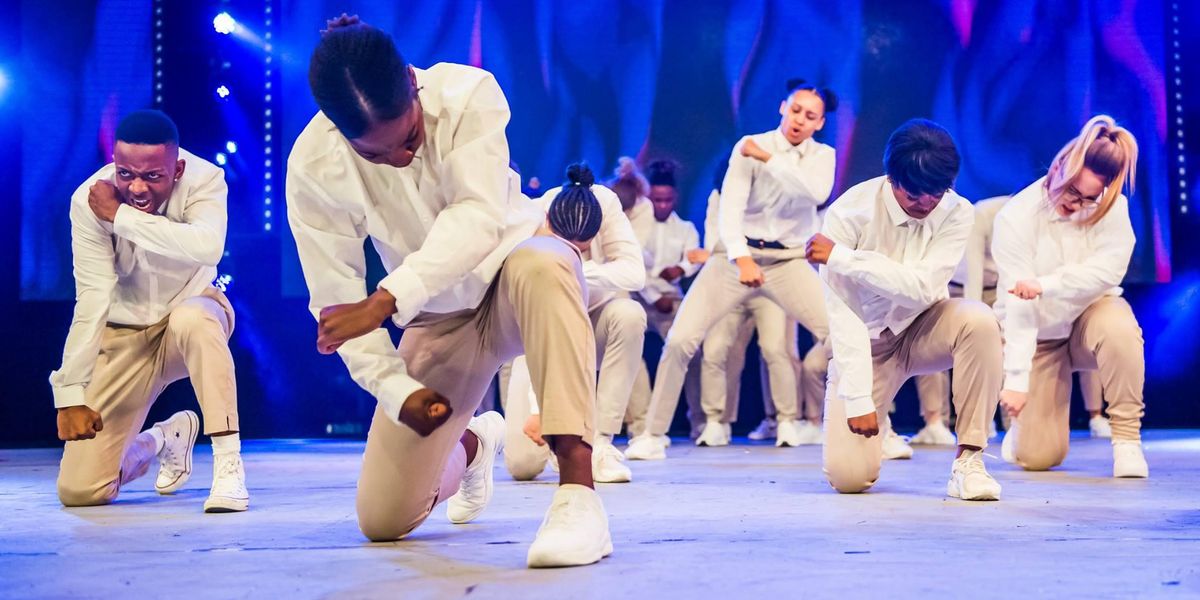Bringing Urban Dance Practices Into the University System
Recognizing the importance of questions such as “Who teaches what? And for who?,” many degree programs have recently been starting to alter their curriculums. Yet this approach has always been central to the University of East London’s BA Dance: Urban Practice, which has used alternative approaches to teach popular urban dances since 2007.
Students in the program train in popping, locking, hip hop, breaking and house as well as bharatanatyam, capoeira, dancehall, and contemporary African and European dance styles. By discovering the music, lifestyles and urban spaces that bring these practices to life, dancers learn through moving, acquiring technical knowledge and sometimes even firsthand experiences of the clubs and communities that breathe life into the East London landscape where the course is based.
Program head Carla Trim-Vamben recently spoke to Dance Magazine about bringing urban dance into academia, and how her teaching approach challenges a new generation of dancers to reimagine where and how dance is learned and performed.

Donae Willis, Courtesy Trim-Vamben
What makes the university’s program unique?
The program is looking at dance styles that haven’t been given the platform to be seen as valid. So looking at challenging the dance canon. Students are learning techniques such as house, hip hop, locking, popping, bharatanatyam, kalarippayattu, dancehall. They’re given the foundational tools of those styles, then they start to engage with and figure out their own personal vocabulary.
But also understanding the styles from a cultural context. So a lot of the technique classes are not just looking at the movement. Some of the lecturers will bring in musicians to discuss the instruments. We have a lecturer who brings in his capoeira troupe. It’s delving deeper into those dance styles and trying to level out the playing field in the sense of what the dance canon could be.
What kinds of students enroll?
The ones who don’t see themselves as fitting in to the dance canon of ballet and contemporary. There is more that they want to explore. Some of them have learned dance in their bedroom off YouTube. They might have gone to college and done contemporary. We had one student from the Virgin Islands who thought when he found the program on a Google search that it was a joke. And he just applied because he didn’t think he would get through. Then he came on and did an MA and became a stage manager.
Working within the requirements of the university system, how do you invite students to move in authentic ways?
Sometimes we want to get the students to go out to the club, or get them to think about their experiences. If it is at a wedding, what does that feel like? But also understanding a lot of students have never experienced the house party. Some of them have never experienced what a dance battle is. In the past we’ve gone to dance battles. But we are really transparent with students that we can’t replicate the original settings, and that’s not the main aim. It’s just to get an understanding of what these styles are and what are the things we have to do to adapt them to the studio.
How does that help them dance? How does it change their bodies?
Throughout the years, working with the house lecturer Clara Bajado, we’ve really tested out how students engage with the house-dance style, because a lot of them were expecting to come in and learn choreographed movement. But when we asked them to freestyle, they were struggling so much. Some of them would get stuck in really simple improvisational tasks.
And so the approach that she’s taken is looking at how hips move in house, learning the bodily movements of a certain foundation and getting them to understand how they move. I’m noticing more that we’re asking: Where do you feel that in your body and how does that feel? How do you adapt it? And through that approach it feels like they’re more in control with exploring these movements and starting to have more awareness of what they can do with house as a dance style.




